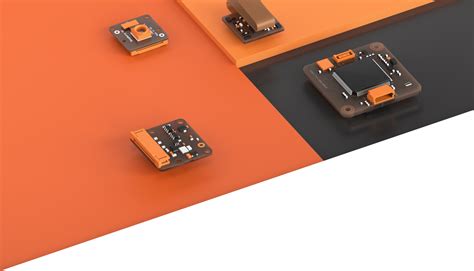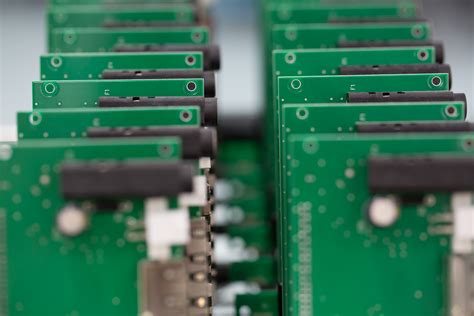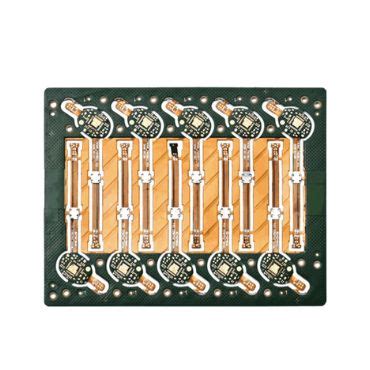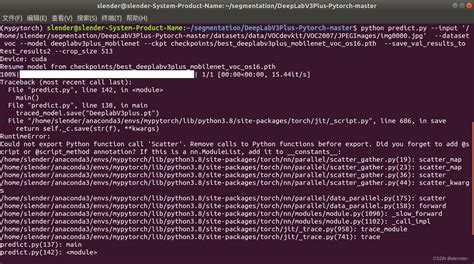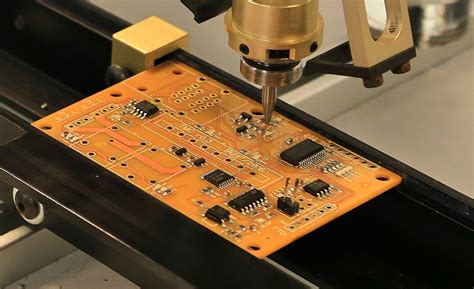Designing PCBs for Electromagnetic Compatibility (EMC/EMI): Key Considerations and Mitigation Strategies
Introduction
Electromagnetic Compatibility (EMC) and Electromagnetic Interference (EMI) are critical concerns in modern printed circuit board (PCB) design. As electronic devices become faster, smaller, and more densely integrated, managing unwanted electromagnetic emissions and susceptibility is essential to ensure reliable operation and regulatory compliance. Poor EMC/EMI design can lead to signal integrity issues, cross-talk, radiated emissions, and even system failures.
This article explores key considerations for EMC/EMI in PCB design and outlines effective mitigation strategies to minimize interference and enhance electromagnetic compatibility.
1. Understanding EMC and EMI in PCB Design
1.1 What is EMC and EMI?
- EMC (Electromagnetic Compatibility): The ability of an electronic system to function correctly in its electromagnetic environment without introducing intolerable disturbances to other devices.
- EMI (Electromagnetic Interference): Unwanted electromagnetic noise that disrupts the performance of electronic circuits. EMI can be conducted (transmitted through wires) or radiated (emitted through the air).
1.2 Why is EMC/EMI Important in PCB Design?
- Regulatory Compliance: Products must meet EMC standards (e.g., FCC, CISPR, IEC) to be legally sold.
- Signal Integrity: EMI can corrupt high-speed signals, leading to data errors.
- System Reliability: Poor EMC design can cause intermittent failures or reduced lifespan.
- Cross-Device Interference: Electronic devices should not disrupt nearby systems.

2. Key Considerations for EMC/EMI in PCB Design
To achieve good EMC performance, PCB designers must address several critical aspects:
2.1 PCB Stackup and Layer Arrangement
- Use a Multi-Layer PCB: A well-designed stackup with dedicated power and ground planes reduces EMI by providing low-impedance return paths.
- Proper Layer Sequencing: High-speed signals should be routed between ground planes to minimize radiation.
- Avoid Split Planes: Continuous ground planes reduce loop inductance and EMI emissions.
2.2 Grounding Strategies
- Star Grounding: Connect all ground returns to a single point to avoid ground loops.
- Separate Analog and Digital Grounds: Use a single-point connection or ferrite beads to prevent noise coupling.
- Minimize Ground Impedance: Use wide traces or planes for ground connections.
2.3 Power Distribution Network (PDN) Design
- Decoupling Capacitors: Place them close to IC power pins to suppress high-frequency noise.
- Power Plane Segmentation: Isolate noisy power domains (e.g., digital vs. analog).
- Low-Impedance Power Delivery: Use multiple vias to reduce inductance in power distribution.
2.4 Signal Integrity and Controlled Impedance
- Impedance Matching: Ensure traces match source/load impedance to prevent reflections.
- Minimize Stub Lengths: Avoid unterminated traces that act as antennas.
- Differential Pair Routing: Use tightly coupled differential signals for high-speed interfaces (e.g., USB, HDMI).
2.5 Trace Routing and Layout Techniques
- Keep High-Speed Traces Short: Reduce loop area to minimize radiated emissions.
- Avoid Right-Angle Bends: Use 45° or curved traces to reduce impedance discontinuities.
- Separate High-Speed and Low-Speed Signals: Prevent coupling between noisy and sensitive traces.
- Shield Critical Signals: Use guard traces or ground shielding for sensitive analog signals.
2.6 Component Placement
- Group Related Components: Place noisy components (e.g., switching regulators) away from sensitive analog circuits.
- Orient Components to Minimize Crosstalk: Position ICs so high-speed signals do not run parallel for long distances.
2.7 EMI Shielding and Filtering
- Ferrite Beads: Use them on power and signal lines to suppress high-frequency noise.
- Shield Cans: Enclose sensitive RF circuits in metal shields to block radiated EMI.
- Common-Mode Chokes: Reduce conducted EMI in differential signal lines.
2.8 Filtering and Decoupling
- LC Filters: Use on power inputs to block high-frequency noise.
- Bypass Capacitors: Place near ICs to provide local charge storage and reduce power supply noise.
2.9 Enclosure and PCB Edge Considerations
- Grounding the PCB to the Chassis: Use multiple connection points to reduce ground loops.
- Avoid Antenna Effects: Keep high-speed traces away from PCB edges to prevent radiation.
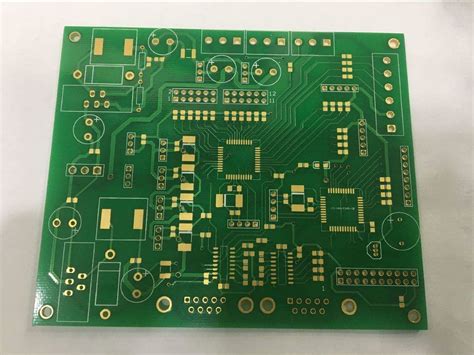
3. Common EMC/EMI Mitigation Techniques
3.1 Reducing Radiated Emissions
- Minimize Loop Areas: Small current loops reduce magnetic field radiation.
- Use Ground Planes: Provide a low-impedance return path for high-frequency currents.
- Implement Proper Shielding: Use metal enclosures or conductive coatings.
3.2 Mitigating Conducted EMI
- Add Ferrites and Filters: Suppress high-frequency noise on power and signal lines.
- Isolate Noisy Circuits: Use optocouplers or transformers for galvanic isolation.
3.3 Managing Crosstalk
- Increase Trace Spacing: Follow the 3W rule (keep traces at least 3x the trace width apart).
- Use Guard Traces: Place grounded traces between sensitive signals to block coupling.
3.4 Compliance Testing and Iterative Design
- Pre-Compliance Testing: Use near-field probes to identify EMI hotspots early.
- Iterative Improvements: Modify layout and grounding based on test results.
4. Advanced EMC Design Techniques
4.1 High-Speed Design Considerations
- Controlled Dielectric Materials: Use low-loss substrates (e.g., Rogers) for RF/microwave PCBs.
- Via Optimization: Use stitching vias to reduce ground plane discontinuities.
4.2 EMI Simulation Tools
- 3D Field Solvers: Simulate radiated emissions before fabrication.
- Signal Integrity Analysis: Tools like HyperLynx or Ansys SIwave help predict EMI issues.
4.3 Flexible and Rigid-Flex PCBs
- Proper Grounding in Flex Areas: Ensure continuous return paths to avoid EMI.
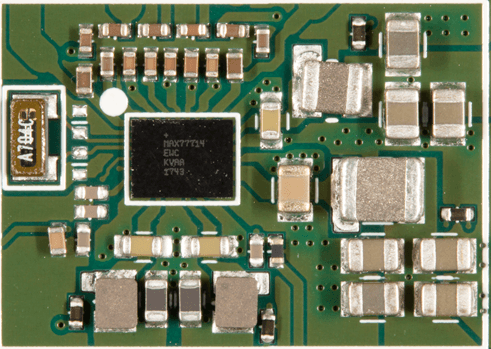
5. Conclusion
Designing PCBs for optimal EMC/EMI performance requires careful consideration of stackup, grounding, power distribution, signal routing, and shielding. By implementing best practices such as proper layer arrangement, controlled impedance routing, and effective filtering, designers can minimize electromagnetic interference and ensure compliance with regulatory standards.
Advanced techniques like EMI simulation and iterative testing further enhance EMC robustness. As electronic systems continue to evolve, proactive EMC design will remain a critical factor in achieving reliable, high-performance PCB layouts.
By following these guidelines, engineers can develop PCBs that not only function correctly but also coexist harmoniously in increasingly crowded electromagnetic environments.



